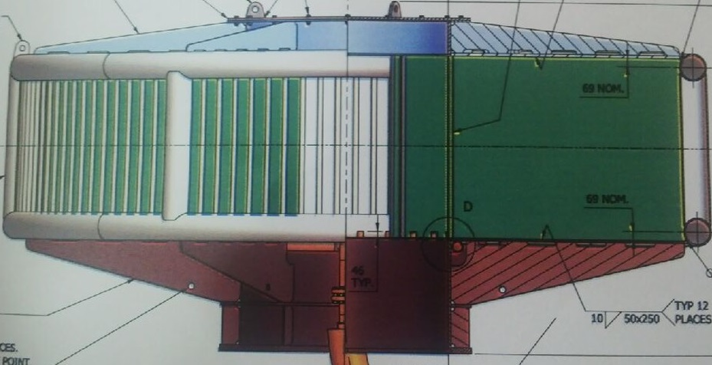Myths and Misconceptions about SWRO Desalination in India
Water stress in different regions of India has made people to accept Seawater Reverse Osmosis (SWRO) desalinated water as an alternate solution to alleviate drought. However, the following myths and misconceptions still exists among a few. Clarifications are provided to overcome the myths and misconceptions.
Myth 01: Desalinated water from Municipal Desalination Plants do not have enough minerals and use of desalinated water depletes minerals from the body.
SWRO plant’s design is flexible with modular and multistage arrangement to produce water of any required specification. Potable water produced is of high quality, reliable and free from bacteria and virus. The potable water from SWRO plants are designed to meet ISO 10500 standard or World Health Organisation (WHO) specification or they can be design to produce high purity Process water for Industries with Total Dissolved Solids (TDS) < 10 mg/l. Typical analysis of selected potable water parameters from a desalination plant are given below:
Hence, it is not true that potable water produced by the municipal SWRO plants do not have minerals.
Myth 02: Desalination plants kill fish and other marine life in that region
In designing desalination plants, protection of marine life is given priority. The Intake is designed providing large flow area so that water enters the Intake velocity head at very low velocity so that fish, fish eggs and other marine lives are not drawn inside. Intake velocity head is located deep inside sea. Hence, protection of marine life from being drawn along with seawater is ensured. Typical Intake velocity head arrangement is illustrated in figure 1 and 2.
Figure 1 : Intake velocity head (Bar Screen Type)
Figure 2 : wedge wire type Intake screen
Desalination Plant ensures that only salt water is discharged without any impurities or chemicals. The chemical cleaning solutions are neutralized before being discharged to the sea. Many plants remove sludge from the backwash waters before it is discharged in to the sea. The outfall discharge is located away from shore deep inside sea with the multiple nozzle diffuser design to recirculate the seawater and dilute the brine salinity closer to the seawater salinity at a radius of 50 meters, so that the fish and marine lives are not affected. The environmental protection agencies monitor the seawater quality close to the outfall.
Myth 03: Desalination Plants increase salinity of well water close to the shore
The recovery (percentage of low salinity water recovered from seawater) is in the range of 40 to 45%. The salt rejected from the 45% low salinity water separated in the RO plant is returned to the sea as brine along with 55% seawater. However, the brine gets diluted in salinity and it reaches close to the seawater salinity at a radius of 50 meters from the discharge point. Hence the salinity of the seawater near shore remains unaltered.
Myth 04: Desalinated water cost is very high and not affordable
The cost of water produced by desalination has come down considerably in the last 30 years due to developments in membranes with higher productivity, innovation in energy recovery devices, economy of high capacity units, more efficient higher capacity pumps etc. The O&M cost in Nemmeli 100 MLD desalination plant owned by CMWSSB and being Operated and Maintained by VA Tech WABAG is Rs 39/m3. New desalination technologies are bound to reduce the cost of desalinated water further. Electric power cost which forms >75% of the O&M cost of a SWRO plant in India can be brought down further by using green energy, much lesser in cost compared to power from thermal power plant.
Myth 05: Desalination consumes more energy
In 1980s, SWRO consumed around 8.5 to 9 kWh/m3 of water produced. The plant recovery was in the range of 30 to 35% and the plant capacity was much less. However, today, with innovations in the energy recovery devices, RO membranes with high flux, high capacity plants with more efficient pumps, the energy consumption has come down to 3 to 3.5 kWh/m3. Research is being concentrated in development of new desalination technologies like Forward Osmosis and Membrane Distillation Process and advanced membrane technologies like Aquaporin & graphene to bring the specific power consumption further down.
Please visit us at IWA Water and Development Congress & Exhibition from 1-5 December 2019, Colombo, Sri Lanka. Our experts would be pleased to introduce you to our proven and latest technological solutions for Desalination.




